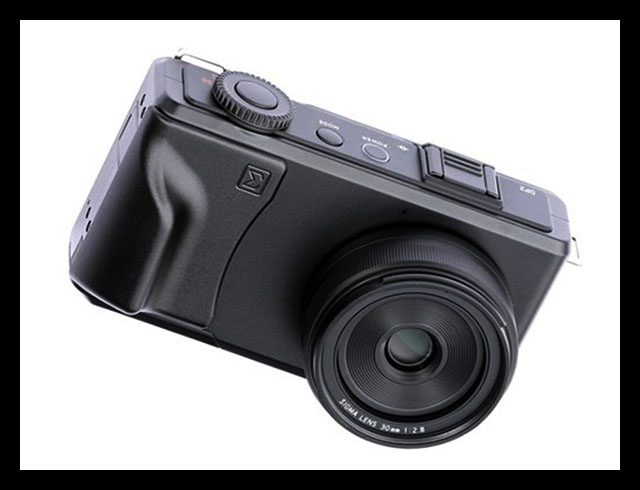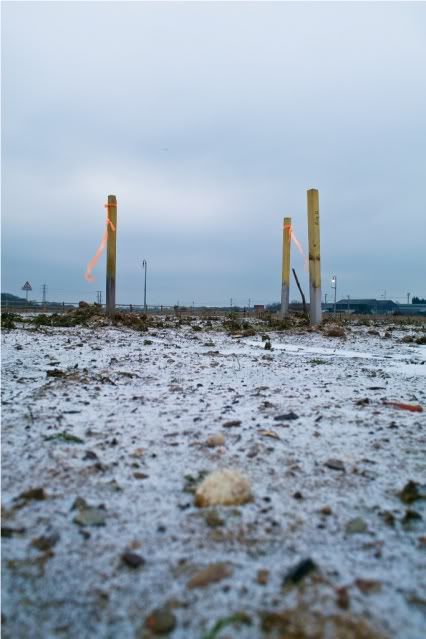Ahmad Bhai
Well-Known Member
Sigma SD9
I am trying to recall how i stumbled upon SD9. I had already been happy using Fuji S2. Having been influenced by Sergio Leone's Dollars Trilogy, the lone gunman outsider of Foveon appealed to me straight away.
SD9 was rather clunky and slow i liked it.

Specification : SIGMA SD9 - SIGMA CORPORATION
I could only use it as iso100, on a few occasions iso200 and once or twice at its max iso400.
Sigma Photo Pro (SPP) software which converted X3 files to tiff and jpeg was arcane compared to Aperture, Lightroom.
I could put on a cuppa whilst i waited for one image to load.
SD9 uses a Foveon sensor.

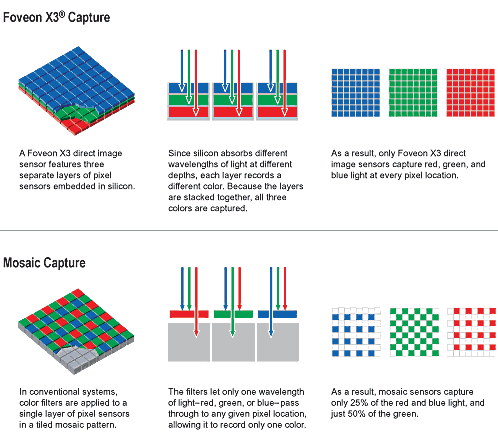
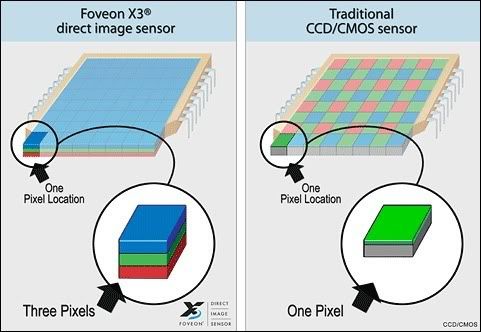
(Diagrams courtesy of Foveon)
Bayer : at each pixel the photodetector detects either red, green or blue, i.e. Bayer does not see full colour at each pixel, just 1/3 of colour. A demosaic (Demosaicing - Wikipedia, the free encyclopedia) algorithm then interpolates (calculates) the other 2/3 of colour from neighbouring pixels to reproduce the scene.
Foveon : at each pixel the photodetector detects red, green and blue, i.e Foveon sees all of colour info at each pixel. This means there is no interpolation (calculation) from neighbouring pixels to reproduce the scene.
The various aspects of Bayer vs Foveon has been debated since SD9 and continues.
What can be agreed upon is :
1. Foveon is 3 layer like film.
2. Foveon has no CFA (Colour Filter Array) demosaicing, interpolation of Bayer sensors.
The only other commercial 35mm stills digital camera to date is Leica Monochrom.
3. There is no AA filter.
Colour : in certain scenarios Foveon can give a different look, perhaps these two SD9 images may illustrate.

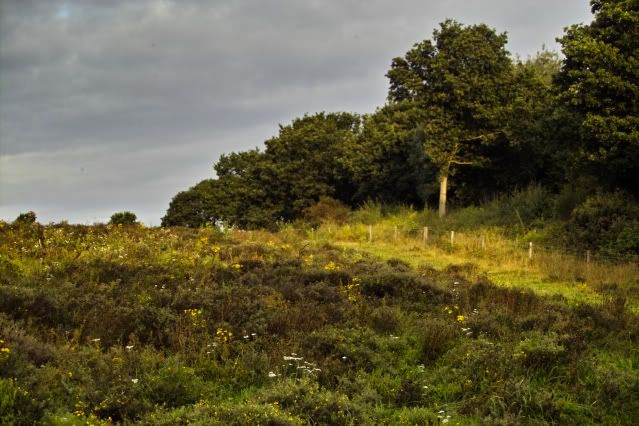
Black & white : along with Leica Monochrom, Foveon can be said to be truer than Bayer CFA sensors due to no demosaicing interpolation.
Here are two SD9 black & whites.
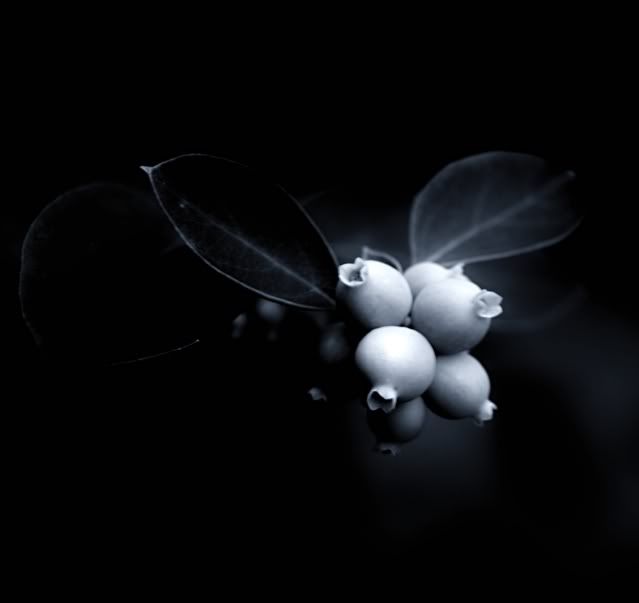
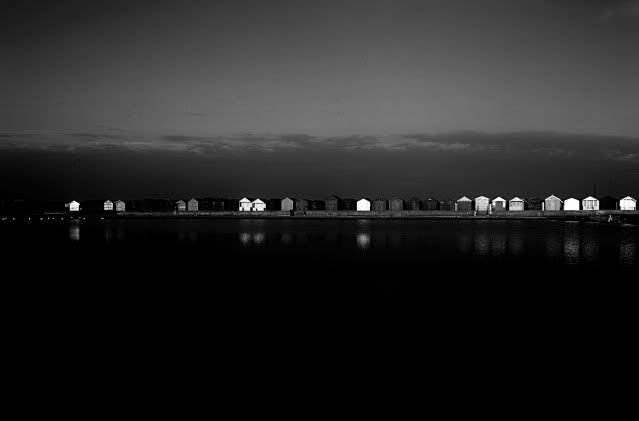
All four images i took with kit lens Sigma 18-50mm f3.5-5.6.
The lack of AA filter and no demosaicing interpolation to me made any lens sing
...
To add, for me it matters not whether Bayer or Foveon.
I am trying to recall how i stumbled upon SD9. I had already been happy using Fuji S2. Having been influenced by Sergio Leone's Dollars Trilogy, the lone gunman outsider of Foveon appealed to me straight away.
SD9 was rather clunky and slow i liked it.

Specification : SIGMA SD9 - SIGMA CORPORATION
I could only use it as iso100, on a few occasions iso200 and once or twice at its max iso400.
Sigma Photo Pro (SPP) software which converted X3 files to tiff and jpeg was arcane compared to Aperture, Lightroom.
I could put on a cuppa whilst i waited for one image to load.
SD9 uses a Foveon sensor.



(Diagrams courtesy of Foveon)
Bayer : at each pixel the photodetector detects either red, green or blue, i.e. Bayer does not see full colour at each pixel, just 1/3 of colour. A demosaic (Demosaicing - Wikipedia, the free encyclopedia) algorithm then interpolates (calculates) the other 2/3 of colour from neighbouring pixels to reproduce the scene.
Foveon : at each pixel the photodetector detects red, green and blue, i.e Foveon sees all of colour info at each pixel. This means there is no interpolation (calculation) from neighbouring pixels to reproduce the scene.
The various aspects of Bayer vs Foveon has been debated since SD9 and continues.
What can be agreed upon is :
1. Foveon is 3 layer like film.
2. Foveon has no CFA (Colour Filter Array) demosaicing, interpolation of Bayer sensors.
The only other commercial 35mm stills digital camera to date is Leica Monochrom.
3. There is no AA filter.
Colour : in certain scenarios Foveon can give a different look, perhaps these two SD9 images may illustrate.


Black & white : along with Leica Monochrom, Foveon can be said to be truer than Bayer CFA sensors due to no demosaicing interpolation.
Here are two SD9 black & whites.


All four images i took with kit lens Sigma 18-50mm f3.5-5.6.
The lack of AA filter and no demosaicing interpolation to me made any lens sing
...
To add, for me it matters not whether Bayer or Foveon.
Last edited by a moderator:

